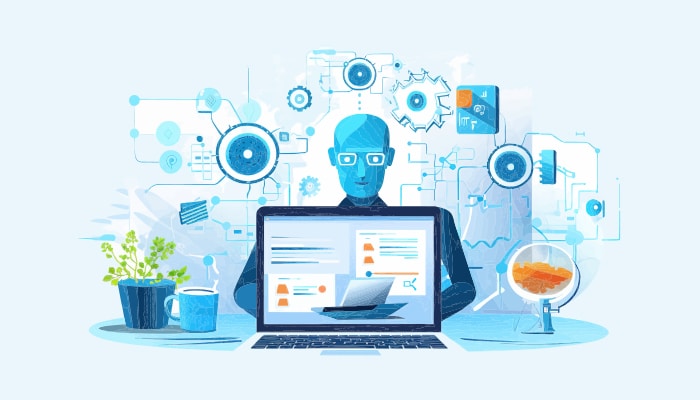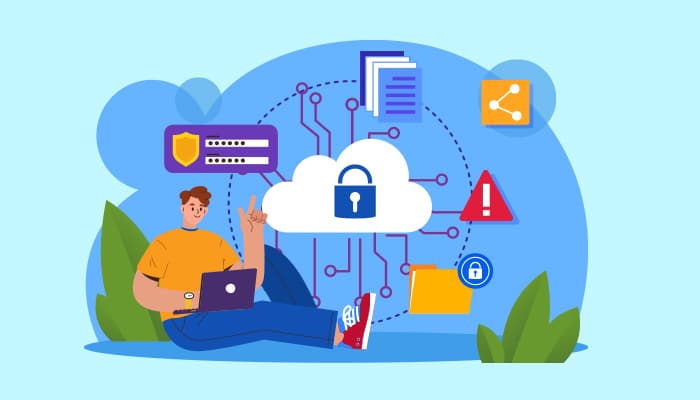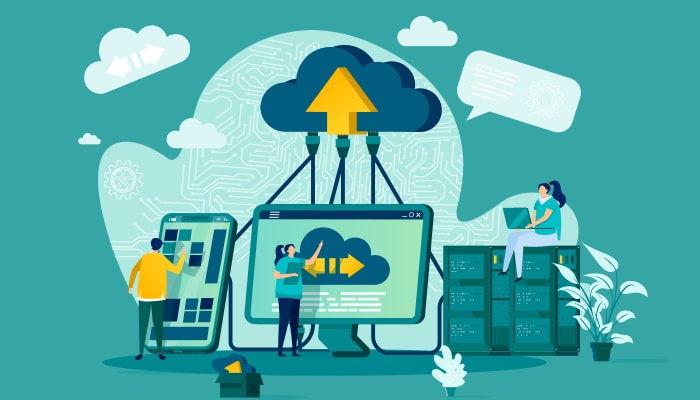In 2019, if you cannot count your organization among those which have already achieved digitalization, then your organization is in trouble. You are not just behind others, you are practically obsolete. To new-age organizations, your business will seem risky and inefficient and they might shy away from doing business with you. Hence, if you haven’t done it already, now is as good a time as any to start the process. In this piece, we will try and provide a practical roadmap that can be easily implemented and your organization can achieve total digitalization in as painless a way as possible.
Step 1 – A top-down approach
It has often been often seen that the top management is the last to come on board when it comes to digitalization. One doesn’t like to go out of one’s comfort zone, especially if one has tasted success with one’s old methods. However, reluctance on the part of the management regarding digitalization is bound to trickle down to the employees, especially the older ones, who might seem unsure about the entire thing and become a tad directionless. However, if the top management is able to embrace digitalization from the word go, then the trickledown effect on the employees is positive are as enthusiastic about incorporating the same. It also gives a clear message to the employees about the direction their company wants to take, which reduces confusion and hence resistance to change.
Step 2 – Hire new-age employees, comfortable with a digital workspace
Starting today, start changing the demographics of your resource pool through direct infusion of digitally conversant employees. When you now look for new employees to fill vacancies, add an extra criterion to the list of requirements – the applicant must be comfortable working in a digital workspace.
Step 3- Set small, achievable targets and celebrate the little wins
A major hindrance when companies try to bring in new processes is panic! Most of us, who are set in our ways and have mastered the processes, will at some stage look to use that expertise to climb the ladder. However, when things change on a bigger scale, and new processes cause disruptions, professionals are left in the lurch and unsure about the future course of action. Human tendency is such, that at such times, resistance sets in to anything new and often we panic thinking about the “huge” transformation ahead. Hence, it is very important that as an organization, you set small, achievable goals and celebrate these small, almost guaranteed victories with gusto. This will boost employee morale and the task at hand won’t seem that daunting. As you pass the different stages, you can simply increase the complexity and volume of work gradually.
Step 4- Outsourcing Services like IT support might help
Digitalization will also mean the creation of a whole new internal human infrastructure to support the new digitalized version of your business. That means hiring an entire team of IT support staff possibly engaging a consultant to look into the hiring process on your behalf as well, since you might not have the immediate skills to recognize good talent in this domain. All this means a significant addition to your operational costs. To avoid such hassles, you should look to engage IT outsourcing services in India or the Philippines. These vendors specialize in such services and will cost you much less than large-scale internal hiring locally.
Step 5- Shift to Cloud
In order to take advantage of business process outsourcing and reduce costs wherever you can, you can shift to Cloud storage. If you have remote teams working in different locations across the globe, they can access the data seamlessly and securely through Cloud. Cloud is a much safer and faster option than manually transferring sensitive data to individual teams. Shifting to Cloud storage will also open up newer possibilities of collaboration amongst teams that might be geographically in disparate locations, while also allowing work to happen nonstop.
Step 6- Conduct trainings through webinars and Skype- make training rooms obsolete
While you take your organization and its employees step-by-step towards full digitalization, some amount of force-feeding is necessary. Older employees are too used to hands-on training in the “training rooms”, which are basically corporate classrooms, like you have in schools. Urge your staff to get used to webinars and video conferences. By being forced to use technology, they will also start getting more comfortable and confident about it in due course of time.
Conclusion
I hope you find the steps I have advocated in the article practical and achievable. Virtual Employee has been one of the pioneers in achieving 100% digitalization in its domain and we achieved that through a relentless pursuit of the best and the latest business processes. Over time, our model has become a winning formula for many organizations that have come into being later.








